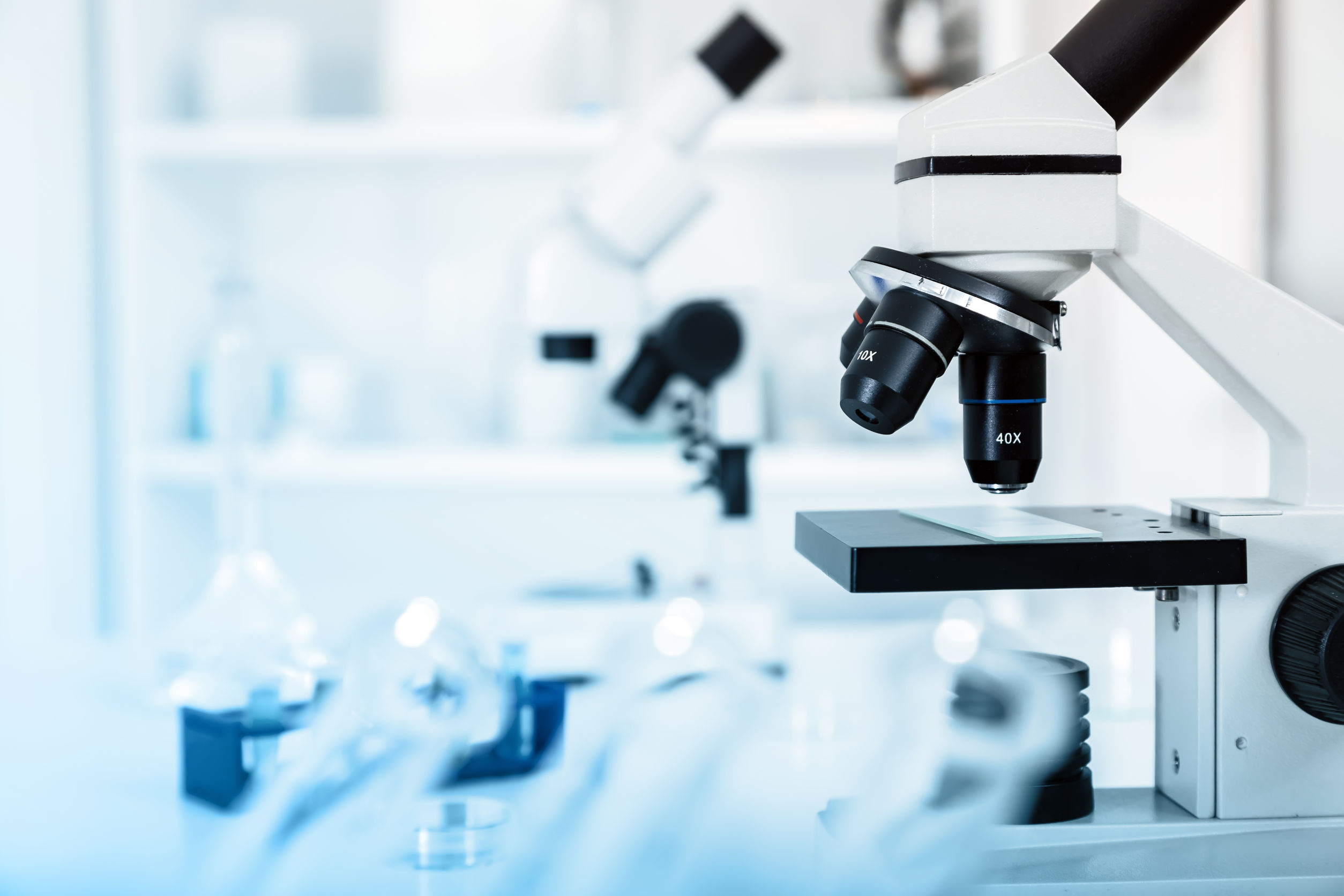Some rare diseases have famous fundraising events attached to them, like theIce Bucket Challenge for ALSor the many walks, runs, and telethons for diseases ranging from cystic fibrosis to muscular dystrophy. Other conditions, likeWilson’s Disease, a rare condition in which excess copper builds up in the body, are virtually unknown except to the friends and family of those living with the disease. Collectively, there are 7,000 distinct rare diseases, which, according to the advocacy groupGlobal Genes, affect up to 400 million people globally. About half of those diagnosed with a rare disease are children.
The U.S. National Institutes of Health defines a rare disease as one that affects fewer than 200,000 people in the country. Other countries have different definitions. In the European Union, for example, a rare disease is defined as one affecting fewer than one in 2,000 people. Worldwide, one in 10 people suffers from a rare disease. In other words, taken together, rare diseases are not so rare.
Each year, we designate the last day in February asRare Disease Dayto raise awareness about the potential impact we can make for this important segment of the world’s population. As we mark this event on Feb. 29, 2020, I would like to reflect on what Labcorp and Covance are doing in the pursuit of better diagnosis and treatment of these rare conditions, as well as my own commitment to improving health and improving lives for people living with a rare disorder.
I joined Covance in 2017 to support the company’s new rare disease and pediatric research team. For me, this work is personal: my nephew died at a young age after suffering from a rare cardiopulmonary disease, so I try to keep a strong focus on patients every day of my career.
Approximately 95 percent of rare diseases lack an available treatment, although research in this field is growing exponentially. Of the 48 novel drugs approved by the FDA in 2019, 21 or 44 percent were rare/orphan drugs, and that number is projected to grow in the years ahead. Last year, Covance, the drug development business of Labcorp, was involved with 86 percent of the new therapies for orphan diseases.
My journey started as a clinician, where I had the privilege of caring for patients with a variety of rare diseases. In my role, I have the opportunity to lead a dedicated and passionate group of individuals committed to the goal of improving clinical development from multiple angles, spanning involvement with sponsors to sites and investigators to patients. Our company is in a unique position to leverage the Power of the Combined (Labcorp and Covance data, technology and reach) to move the needle forward in diagnosing and treating rare diseases.
除了我们在Covance的临床审判工作之外,我们的Labcorp同事还在多个方面解决罕见疾病。根据我的同事,博士Geraldine McDowell,Vice President, Integrated Genetics and Senior Director of Labcorp’s Center for Molecular Biology and Pathology, Labcorp is working to advance our entire exome and genome technology platforms in order to shorten the time to diagnosis and thereby improve patient care. Labcorp is also supporting assay development for treatment monitoring for multiple rare diseases including hemophilia, Duchenne muscular dystrophy, and lysosomal storage disorders.
With a lack of effective therapies for most of these diseases, we must work with a sense of urgency for our patients and their families. I know my personal efforts are only a small part of the solution to making a difference for patients. But working together as an enterprise, we can make meaningful improvements for sponsors, sites, investigators and ultimately, patients.
For more information on rare diseases, visitGlobal Genesor theNational Organization for Rare Disorders.
To learn more about our experience with Rare Disease and Orphan Drug development,visit our website.












